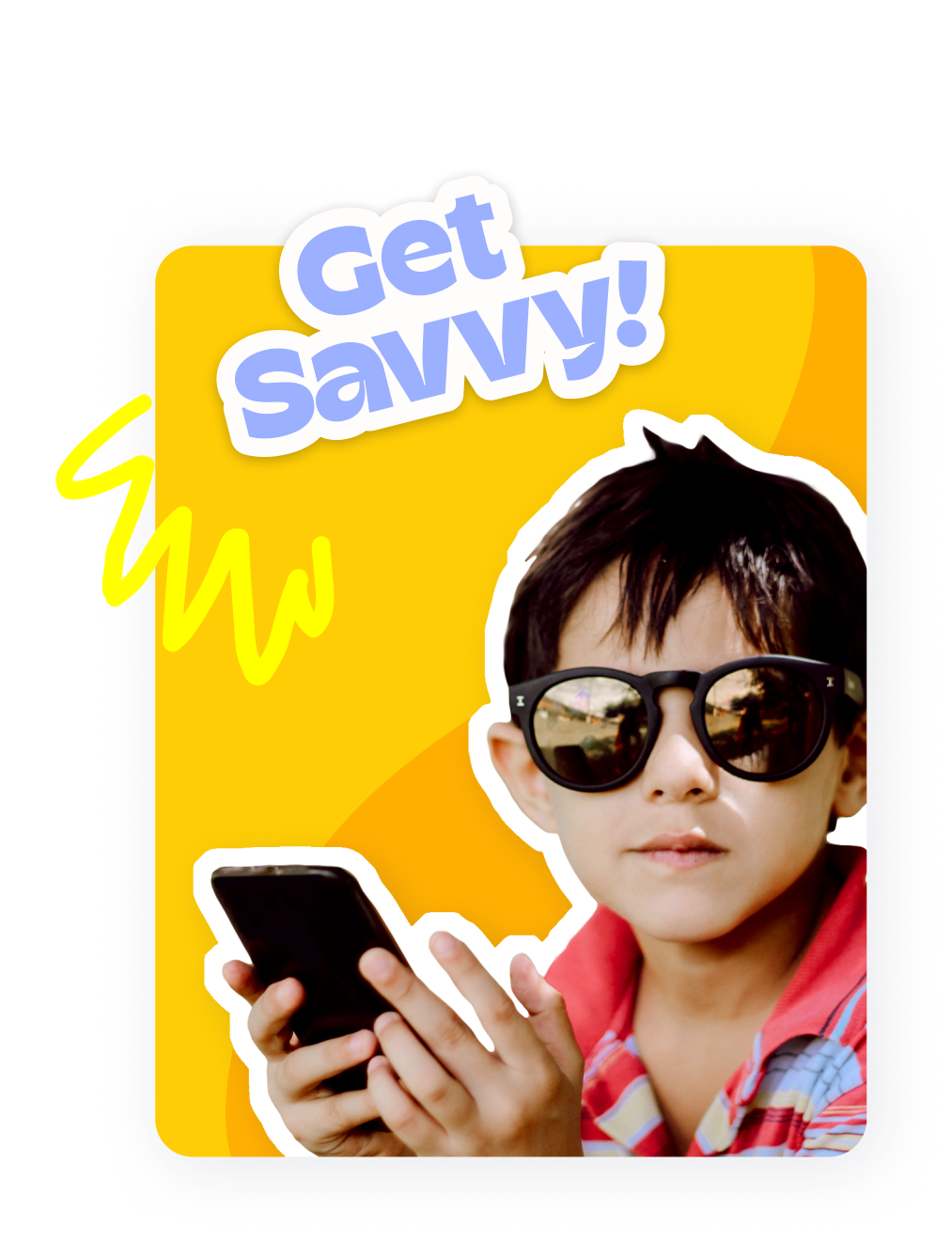Explaining how currency works to kids
What you’ll need: a variety of current Aussie coins and notes, plus your phone.
First, What is currency?
Explain to your little grown up that currency is what we use to buy the things we need or want, like toys, pizza or clothes.
There are different types of currency. We can use physical money (coins and notes) or digital currency (debit cards and virtual accounts - like Kit!) to buy things now or for saving for things we want later.
Explain that they can have a $20 note in their wallet or see the number $20.00 in their electronic account. Either way, they have $20.
This is a good time to login to their Kit account or your online transaction account to show them an account balance as a the digital currency example.
Where do coins and notes come from?
When explaining currency to kids, they’re sure to ask “How is money made?”
Coins are made at The Royal Australian Mint. Check out this fact sheet to explain the process; and yes, it involves robots!
Notes are printed by Note Printing Australia Limited by machines that can make thousands of notes every hour.
Fun fact: Australian notes start as plastic pellets, which are melted and blown into a three-storey high bubble and then flattened to make the notes.
Easy activities to explain currency and value
Learning about coin and note value
- Set out coins in a row, based on their value. Point out that just because a coin is bigger than another, doesn’t mean it’s more valuable.
- Compare a stack of coins and a note to figure out which has more value.
Plan a party!
Time to plan an imaginary party. Ask your child to write down 5 things they’d love to have at the party like a cake, balloons, games, etc.
Now, you list a price next to each item. Using notes and coins, have them count out the money for the things they want to buy.
Price the items so they can’t buy everything on the list and will have to flex their financial decision making skills - just like in real life.

How do we get money?
Let your child know that to get money for spending or for saving, we need to earn it first. Explain that grownups have jobs and some kids have chores to earn money. Or, sometimes, we might even get money as a gift.
King Charles III coins are on their way
Get ready to see some new King Charles III coins in Australian money. The Royal Australian Mint will begin minting coins with the portrait of the King in 2023.
What will happen to the old coins with the new coin changes? You can explain to kids that we can still make payment with the coins we use now – they'll still be around and are considered ‘legal tender’. So, all the physical money in their piggy bank still counts!
Fun fact: Australians will notice as the transfer happens that on current coins, the Queen faces to the left. It is expected that coins will feature King Charles III facing right following a tradition where the new monarch faces the opposite direction to their predecessor.
Tap and pay - You don’t need coins with Kit!
Introduce your kid to the “tap and pay” concept by stepping them through the Card Tapping story in the Kit app. Explain that a digital Kit account is a great way for them to save and spend without having to carry around lots of heavy coins.
Remind kids that each time they tap and pay, they’re spending money so there’s less value in their Kit account. Getting paid for chores tops up their account value but when they “tap and pay” the value goes down.
Sign up to Kit today and begin your children's journey to financial literacy.

Consider the PDS, FSG, TMD and other important information at heykit.com.au/legal. Any advice given is general in nature and does not take into account your objectives, financial situation or needs so please consider whether it is appropriate for you.


